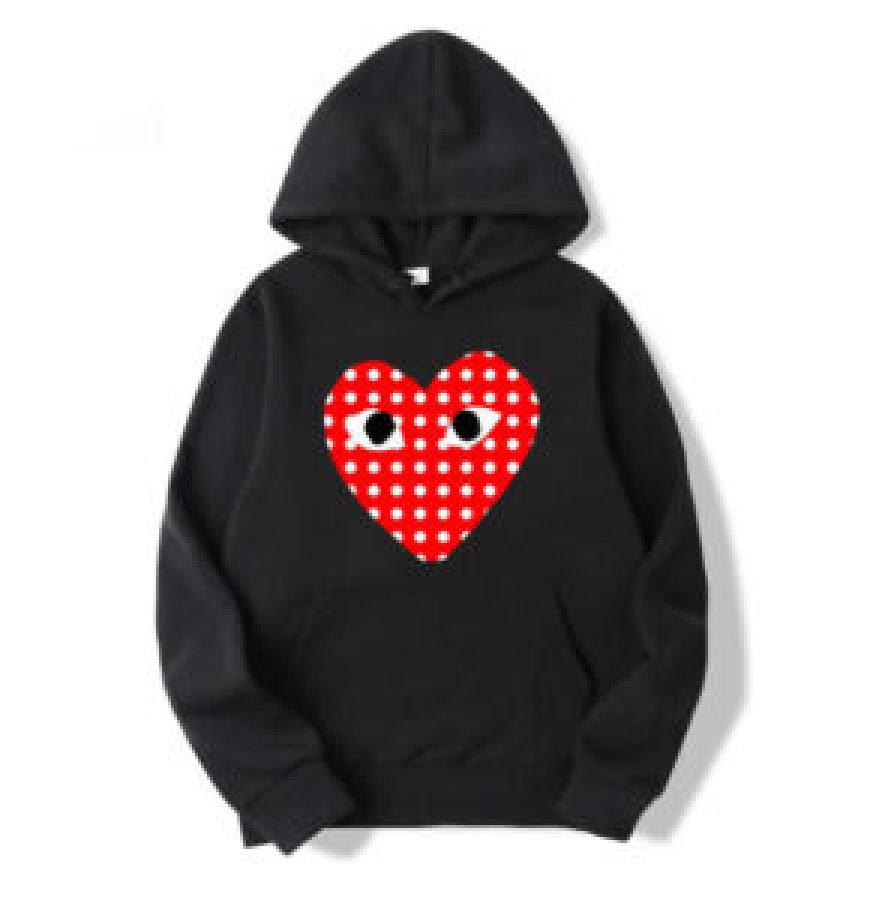Black is Not a Color: The Philosophy Behind Comme des Garçons’ Palette

In the ever-evolving world of fashion, color is often wielded as a tool to provoke, to seduce, and to differentiate. But for Rei Kawakubo, the enigmatic founder and creative force behind Comme des Garons, coloror rather, the lack thereofbecame a revolutionary statement. Since its inception in the early 1970s, the Japanese label has consistently defied convention, but perhaps no aspect of its identity is as immediately striking as its frequent reliance on black. More than a mere aesthetic choice, black in the world of Comme des Garons is a philosophical stance, an intellectual posture, and a rebellion against norms.
The Avant-Garde Vision of Rei Kawakubo
Rei Kawakubo did not enter the fashion industry with the intent of pleasing or conforming. Trained in fine arts and literature, she carried with her a unique worldview that placed concept over commodity, and thought over trend. From the very first Comme des Garons collections that landed in Paris in the early 1980s, the fashion world was taken aback. Models walked in garments that were asymmetrical, often torn, with raw edges and, most notably, almost entirely black.
Critics at the time didnt quite know what to make of it. Some labeled the collection Hiroshima chic, while others dismissed it as anti-fashion. But what Kawakubo was doing went beyond styleshe was engaging in a dialogue with the viewer, asking questions about beauty, femininity, and the role of the fashion system itself. Black became her visual language of resistance.
Black as Void, Not Absence
One of the biggest misconceptions in color theory is the idea that black is the absence of color. In physics, black is the absorption of all light. In art and fashion, black is often used to create drama, elegance, or formality. But in the lexicon of Comme des Garons, black is something else entirelyit is a void, but not a vacuum. It is empty and yet full of potential.
Rei Kawakubo once stated that she uses black not to signal absence but to strip away distraction. By eliminating the emotional noise of color, she invites the wearer and the viewer to focus on form, silhouette, texture, and construction. In many ways, black allows the garment to speak more clearly. The creases, folds, and sculptural structures she builds into clothing are more sharply defined in black, making it a vehicle of architectural clarity.
Cultural Reverberations
In Japan, black has long held profound cultural significance. From the minimalist principles of Zen aesthetics to the subtle power of traditional ink paintings, black is associated with refinement, humility, and transience. Kawakubo taps into this cultural lineage, yet reinterprets it for a global stage. Her use of black is not nostalgic or deferentialit is radical, confrontational, and fiercely modern.
Western fashion houses have historically treated black as the color of mourning, seduction, or professionalism. But Comme des Garons recontextualized it. In her hands, black became punk without the clich, intellectual without pretension, and emotional without sentimentality. The starkness of black allowed her to explore new ideas around gender, age, and form, while sidestepping the tired connotations that color might impose.
The Evolution of a Monochrome Identity
While Kawakubo has certainly worked with other hues throughout her careercrimson reds, stark whites, and occasional bursts of colorblack remains her spiritual home. Each return to it feels like a renewal of a vow. In recent collections, we continue to see black serve as both a canvas and a sculptural medium. It evolves in texture, layering, and depth, reminding us that monochrome is never monotonous in the hands of a master.
Black also plays a functional role in allowing Kawakubos more avant-garde forms to shine. Whether its bulbous silhouettes, deconstructed blazers, or garments stitched together like fabric puzzles, the neutrality of black lets the form become the focal point. In many ways, color might distract from the conceptual brilliance at play.
Genderless and Timeless
Comme des Garons has long blurred the boundaries of gender. By removing the traditional color codes that often signify femininity or masculinity, black becomes a gender-neutral choice. It is not about soft versus strong, or male versus female. Its about the human form, stripped of societal expectation and aesthetic coercion.
This choice also grants the work a sense of timelessness. Trends fade, colors shift with the seasons, but black remains. In a world that chases newness at breakneck speed, Comme des Garons offers a kind of stillness, a place where ideas are allowed to linger. Black garments from a 1983 collection can still feel contemporary today, not because they chase fashion, but because they transcend it.
A Challenge to the Market
Choosing black as a signature color also flies in the face of commercial logic. Fashion, after all, is a business. Bright colors sell. Seasonal palettes create desire. But Kawakubo has never designed for market needsshe designs from a place of artistic integrity. This makes Comme des Garons not just a brand, but a philosophical challenge to consumer culture.
Black is hard to photograph, hard to light on runways, and often misunderstood by press and buyers. Yet it continues to define the houses identity. This unwavering commitment to black, even when it goes against commercial advice, is a testament to the authenticity of Kawakubos vision. She does not bend to the marketshe reshapes it.
Beyond Fashion: Black as Concept
In many ways, Comme des Garons does not belong solely to fashionit exists in the space between fashion, art, and theory. Kawakubo herself has often said that she is not a designer, but a thinker. The garments are just the medium. Through black, she communicates ideas about marginality, absence, contradiction, and non-conformity.
This is why black is not a color for Comme des Garons. It is a portal to something deeper. It is used not just for beauty, but for provocation. It reflects the void of modernity, the brokenness of systems, and the potential to rebuild anew. In the vast darkness of black, there is infinite possibility. Just as a blank canvas waits for its first stroke, the black garment waits for interpretation, expression, and meaning.
Conclusion: The Infinite Hue
Black is not a color, Rei Kawakubo has said. In the hands of lesser designers, such a statement might sound pretentious. Comme Des Garcons Long Sleeve But in her work, it becomes evident. For Comme des Garons, black is liberationfrom tradition, from gender, from expectation. It is not an aesthetic crutch, but a philosophical cornerstone. It is the absence of conformity and the presence of thought.
In a world overwhelmed with visual noise, black becomes a sanctuary. And in the silence of its depth, Comme des Garons continues to speak volumes.




































